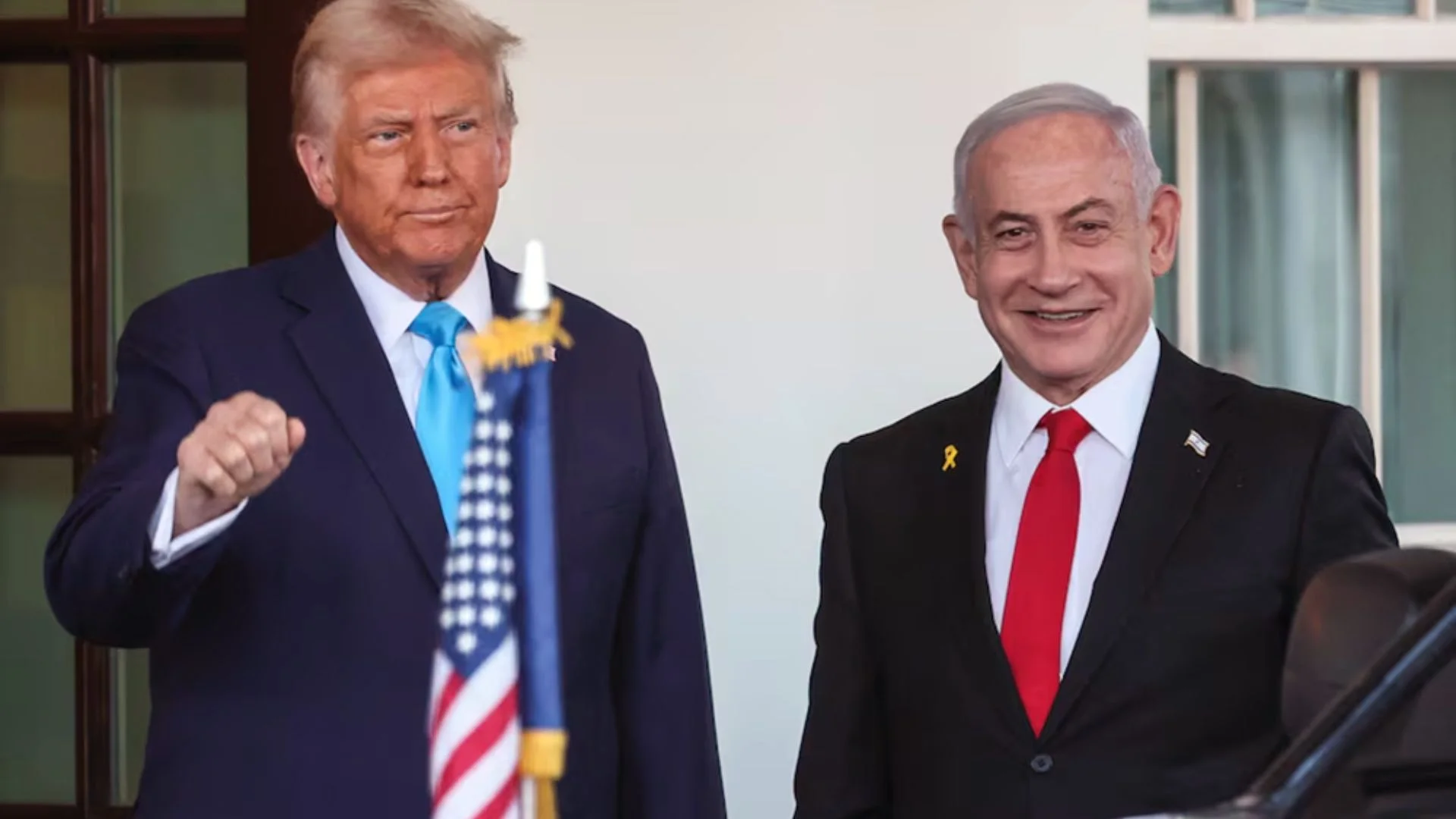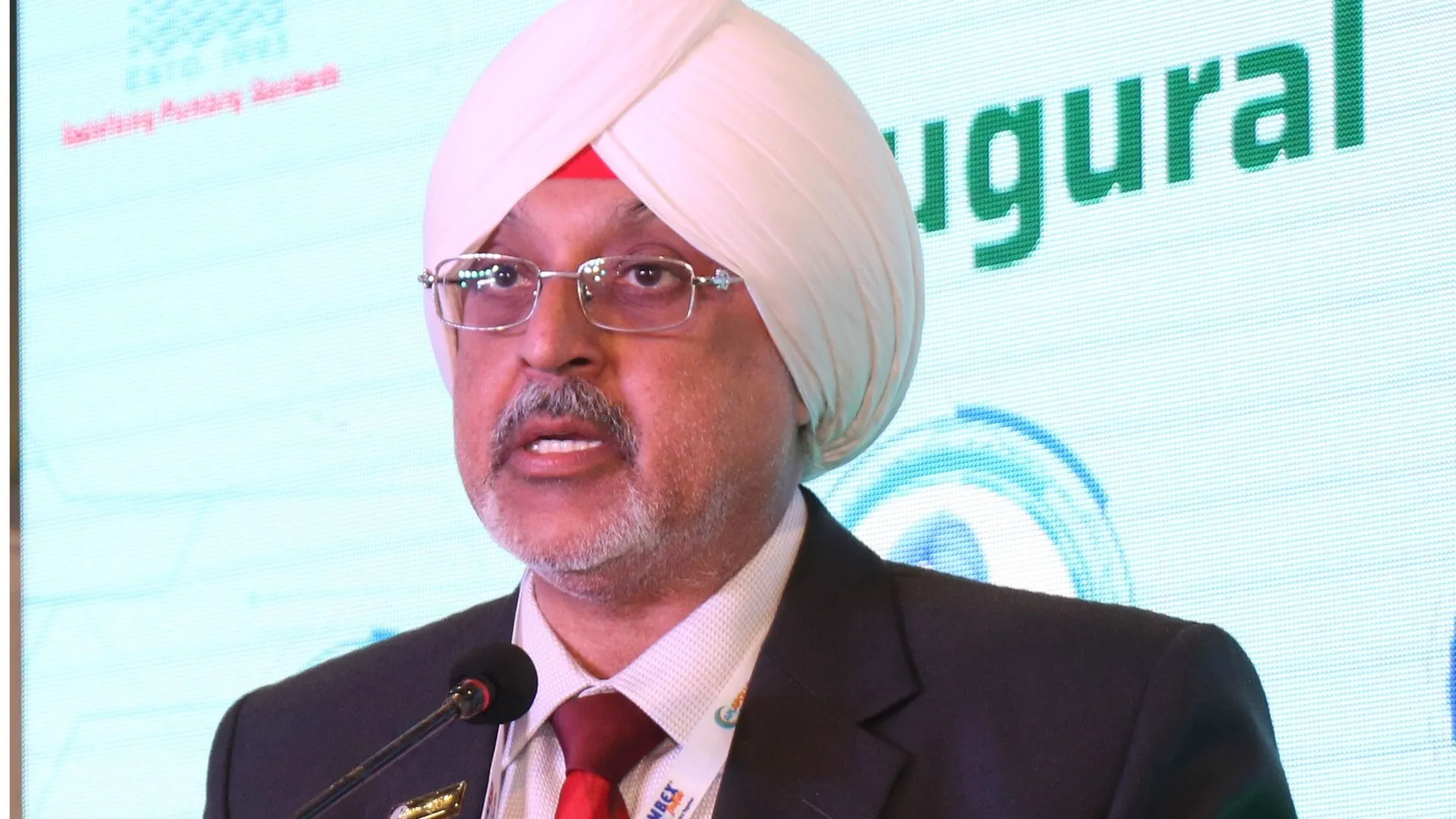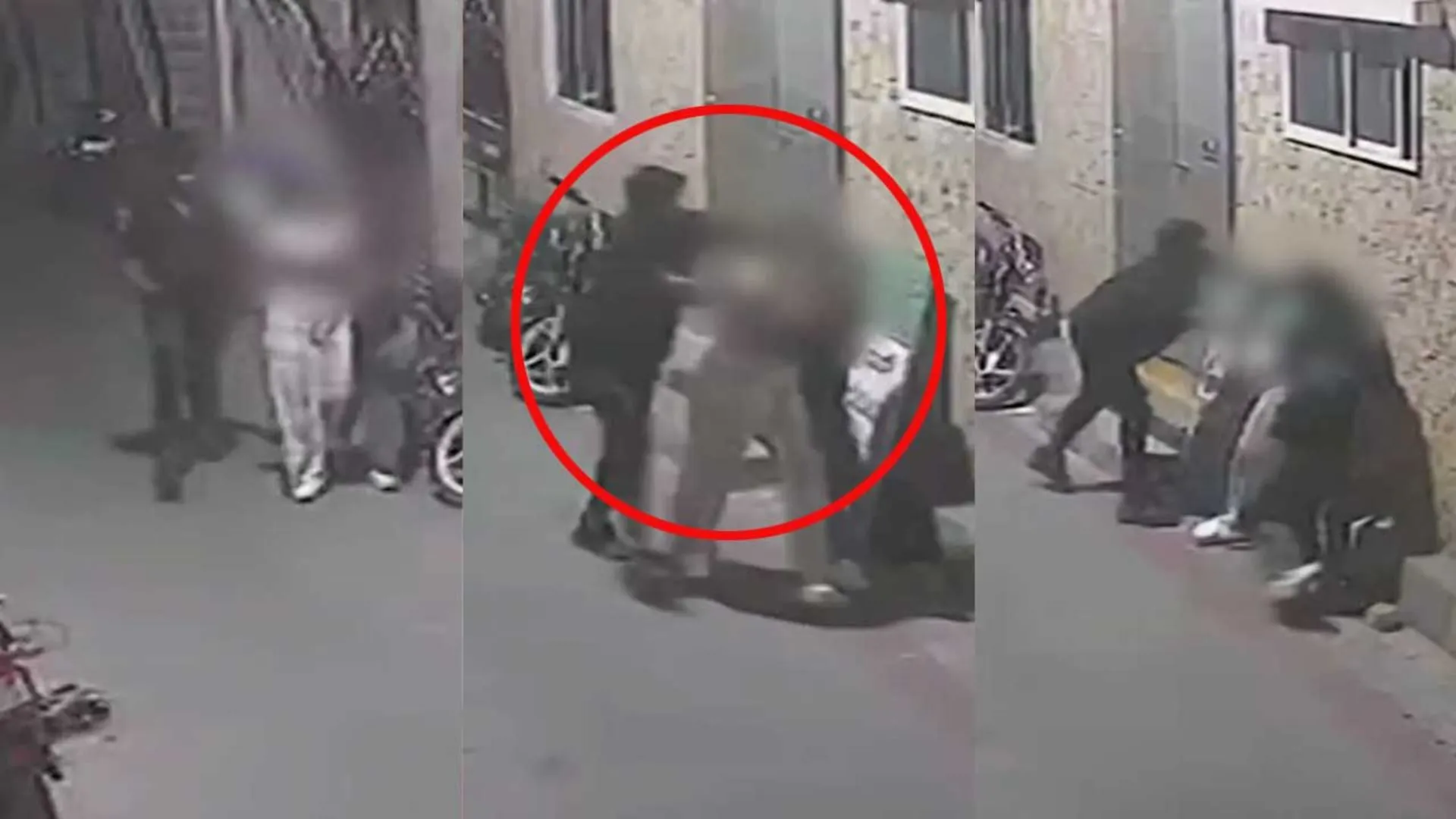It is quite significant that the Apex Court as recently as on September 6, 2021 in an extremely learned, laudable, landmark and latest judgment titled The State of Madhya Pradesh & Ors vs Pujari Utthan Avam Kalyan Samiti & Anr in Civil Appeal No. 4850 of 2021 (arising out of SLP (Civil) No. 33675 of 2017) has observed clearly, cogently and convincingly that the presiding deity of the temple is the owner of the land attached to the temple and Pujari is only to perform puja and to maintain the properties of the deity. This was so observed while upholding the circulars issued by the Madhya Pradesh Government to delete the names of Pujari from revenue record pertaining to temple properties. It must be mentioned here that these circulars issued by the Government under MP Land Revenue Code, 1959, were earlier quashed by the Madhya Pradesh High Court. As we clearly see, the Madhya Pradesh State Government thus stands fully vindicated on the stand that it took on this vexed issue by none other than the Apex Court itself!
To start with, this brief, brilliant, balanced and bold judgment authored by Justice Hemant Gupta for himself and Justice AS Bopanna sets the ball rolling by first and foremost observing in para 1 that, “The order dated 14.06.2016 passed in an intra-court appeal by the Division Bench of the Madhya Pradesh High Court is the subject matter of challenge herein at the instance of State of Madhya Pradesh. The learned Single Bench allowed the writ petition filed by Association of Priests registered under the M.P. Society Registrikaran Adhiniyam 1973. Such society has 251 members in the Districts of Dhar, Indore, Ratlam, Shajapur, Ujjain, Jhabua etc.”
To put things in perspective, the Bench then envisages in para 2 that, “The challenge in the writ petition was to quash the circulars dated 21.03.1994 and 07.06.2008 whereby the names of Pujari were ordered to be deleted from the revenue record. The said writ petition was allowed on 20.11.2013 relying upon the judgments of the High Court in Ghanshyamdas v. State of M.P [1995 Revenue Nirnaya (RN) 235 (Hereinafter referred to as the ‘Ghanshyamdas I)] and Kashi Bhatti through LRs v. State of M.P (2009 R.N. 179) . The learned Single Bench held that the circulars dated 12.11.1992 and 21.03.1994 were already quashed by the High Court in the year 1995 and 1999 respectively and therefore there was no justification on the part of the State Government to issue circular dated 07.06.2008 directing the Revenue Commissioner to follow the circular dated 21.03.1994. Learned Single Bench held as under:
“The name of Collector is being mentioned as manager. It is true that by mentioning the name of Collector as manager, properties owned by the Temple were saved but at the same time the properties could not be managed properly as it is not expected from the Collector to manage the properties of the Temple. To protect the interest of Pujari’s who are entitled to get the benefits of the scheme which are being introduced by the Government for the benefit of the agriculturist. To protect the interest of making the law in that regard by suitable legislation as the problem is lying in the Court in number of cases for last 30 years. In result the impugned order dated 07/06/08 (Annexure P/21) is quashed.””
As it turned out, the Bench then puts forth in para 3 that, “In an intra-court appeal against the aforesaid findings, the High Court referred to a judgment of Division Bench in State of M.P. v. Ghanshyamdas [1999 R.N. 25 (Hereinafter referred to as the ‘Ghanshyamdas II)] , an order passed against the order in writ petition reported as Ghanshyamdas I. The Court inter alia held that Pujaris had no right to alienate the properties of the temple. They have rights only with respect to either cultivate the land or get it cultivated through servants. The High Court further held that if the temple was managed by the Pujari, then keeping in view the law laid down from time to time, his name was required to be mentioned as Pujari along with the name of the deity. The Court held as under:
“The learned Writ Court relying on the decision of the cases of State of M.P. & others v. Ghanshyamdas & Others v. (supra), Kanchaniya v. Sheoram (supra) and Pancham Singh v. Ramkishandas (supra) has held that right of Pujaris continued from their forefather, cannot be taken away by executive instructions. There was no justification on the part of the State Government to advice to Revenue Commissioner to follow circular dated 21.03.1994, when the same was quashed. It is not in dispute that as per Clause 5 of the Land Records Manual in Column No.3 of Khasra Entries deals with the name of occupier; Column No.4 deals with name of bhumiswami or lessees or his representatives while Column No.12 deals with the remarks. Undisputedly, the land, which is owned by the temple or deity or the land owned by temple or by the trust, name of the deity/temple or trust, as the case may be, is required to be mentioned in Column No.3. If the temple is managed by the Pujari, then keeping in view the law laid down by this Court from time to time, his name is required to be mentioned as Pujari along with the name of the deity.””
Be it noted, the Bench then enunciates in para 7 that, “We have heard the learned counsel for the parties and find that there is lack of clarity in the High Court in regard to the legal jurisprudence. Different judgments have been referred to in respect of rights of the priests as to whether they can be treated as Bhumiswami or if they only hold the temple land for the purpose of management of the property of the temple, which actually vests with the deity.”
Furthermore, the Bench then observes in para 16 that, “A circular dated 21.03.1994 was issued wherein it was directed that the name of the Pujari should not be recorded in any of the column of the Panchnama (revenue record). The Collector was directed to maintain a separate register for maintaining the records of the priest. The High Court in Shri Krishna held that all those persons who were granted land or were recognised as Inamdar (in the erstwhile Indore State) for religious services rendered by them as Pujari have been recognised as Bhumiswami under the Code. The Pujaris were holding land for rendering religious services; therefore, a right had been created in their favour which could not be withdrawn by an executive instruction. The Court held as under:
“5A. From the discussion above, it is evident that all those persons who were granted land or were recognised as Inamdar (in the erstwhile Indore State) for the religious services rendered by them as Pujari of the Temple have been recognised to be a Bhumiswami under the Code and their names appeared as such in Revenue Records, since they were holding land for rendering religious services as Pujari of the Temple and the land was granted specifically for that purpose, the name of the Collector as Manager along with these pujaris was directed to be shown. This long possession and recording of their names in revenue records as Bhoomiswami or Managers has definitely created a right in their favour. It is an established principle of law that if any right has been vested in a person by certain statutory provisions, the same cannot be withdrawn by an executive instruction. Even if a person is required to be deprived of his vested right in a property, a legal procedure for the same will have to be adopted. If the State Government of MP feels that the recording of name of such persons as Bhoomiswami is non-est, then too it will have to give a notice to the person and an opportunity of hearing and after making due enquiry followed by a reasoned order (if it is found as such), the order for modification, corrections and change in the record can be done.””
What’s more, the Bench then points out in para 17 that, “On the other hand, there are some judgments taking different view within the High Court including the one reported as Sadashiv Giri & Ors. v. Commissioner, Ujjain & Ors. 1985 RN 317 wherein an argument was raised that the temple is in possession of land. However, the Court held that how could the temple have such possession, therefore, it was the Pujari who had been conferred the right to upkeep and perform puja by the then Jagirdars. The Pujaris were the Inamdars of the land in question and thus became Bhumiswami when the Code came into force on 02.10.1959. The said judgment is clearly erroneous as the presiding deity of the temple is the owner of the land attached to the temple. The Pujari is only to perform puja and to maintain the properties of the deity. In fact, the Constitution Bench in a judgment reported as M. Siddiq (Dead) Through Legal Representatives v. Mahant Suresh Das and Others (2020) 1 SCC 1 held as under:
“511. …….. A pujari is merely a servant or appointee of a shebait and gains no independent right as a shebait despite having conducted ceremonies over a period of time. All the evidence relied upon to support the claim of late Baba Abhiram Das is restricted to his having performed puja at the disputed premises and does not confer any shebaiti rights.””
As we see, the Bench then brings out in para 18 that, “Hence, the Division Bench judgment in Shri Krishna has conferred the status of Bhumiswami on the priest but without bringing the judgment in Pancham Singh before the notice of the Court. Such Judgment has been rendered in ignorance of the binding Division Bench judgment which is supported by the law laid by Supreme Court in Mst. Kanchaniya. The judgment in Sadashiv Giri is in respect of action of auction without the authority of law. The judgment in Pancham Singh was cited but question was not examined as the petitioners were said to trespassers by the State. The High Court found that the petitioners being in possession can be deprived of possession only in accordance with law.”
Quite pertinently, the Bench then points out in para 19 that, “In the present case, the question which is required to be decided is whether a priest can be treated as Bhumiswami under the Madhya Bharat Land Revenue and Tenancy Act, Samvat 2007 (Act No. 66 of 1950) and as a consequence under the Code. The reliance of the respondent is on Gwalior Act. In some of the judgments mentioned above, the provisions of Gwalior Act have been described as ‘Regulations’ and in some as ‘Sections’. Since it appears to be issued by the then ruler of Gwalior, the same has to be treated as a statute, having a force of law applicable in the erstwhile State of Gwalior.”
While continuing in the same vein, the Bench then quite significantly postulates in para 20 that, “This question has already been considered by the courts in Pancham Singh, which has further been affirmed by Kanchaniya. The Law is clear on the distinction that the Pujari is not a Kashtkar Mourushi, i.e., tenant in cultivation or a government lessee or an ordinary tenant of the maufi lands but holds such land on behalf of the Aukaf Department for the purpose of management. The Pujari is only a grantee to manage the property of the deity and such grant can be reassumed if the Pujari fails to do the task assigned to him, i.e., to offer prayers and manage the land. He cannot be thus treated as a Bhumiswami. The Kanchaniya further clarifies that the Pujari does not have any right in the land and his status is only that of a manager. Rights of pujari do not stand on the same footing as that of Kashtkar Mourushi in the ordinary sense who are entitled to all rights including the right to sell or mortgage.”
It cannot be glossed over that the Bench then mentions in para 21 that, “In a judgment reported as Ramchand (Dead) by Legal Representatives v. Thakur Janki Ballabhji Maharaj and Another AIR 1970 SC 532, it was held that if the Pujari claims proprietary rights over the property of the temple, it is an act of mismanagement and he is not fit to remain in possession or to continue as a Pujari.”
It also cannot be lost on us that the Bench then puts across in para 22 that, “The contrary view expressed by the High Court in Ghanshyamdas I, Sadashiv Giri and Shri Krishna does not lay down good law in view of binding precedent of the Division Bench of the High Court in Pancham Singh as also of this Court in Kanchaniya. All these judgments presenting a contrasting view had not noticed the said binding precedents dealing with the rights of priest under the Gwalior Act.”
As a corollary, the Bench then observes in para 23 that, “Taking into consideration the past precedents, and the fact that under the Gwalior Act, Pujari had been given right to manage the property of the temple, it is clear that that does not elevate him to the status of Kashtkar Mourushi (tenant in cultivation).”
Quite forthrightly, the Bench then points out in para 24 that, “The ancillary question which arises is whether the priest is Inamdar or Maufidar within the meaning of Section 158 (1)(b) of the Code. Such provision contemplates that the rights of every person in respect of land held by him in the Madhya Bharat region i.e. area of erstwhile Gwalior and Holkar as a Pakka tenant or as a Muafidar, Inamdar or Concessional holder shall be protected as Bhumiswami. The priest does not fall in any of the clauses as mentioned in Section 158(1)(b) of the Code. The maufi was granted to the property of temples from payment of land revenue. Such maufi was not granted to a manager. Even Inam granted by the Jagirdar or the ruler to a priest is only to manage the property of the temple and not confer ownership right on the priest. Therefore, in view of the judgment in Pancham Singh and also of this Court in Kanchaniya, the priest cannot be treated to be either a Muafidar or Inamdar in terms of Madhya Bharat Land Revenue and Tenancy Act, Samvat 2007 (Act No. 66 of 1950) or in terms of Gwalior Act. Since the priest cannot be treated to be Bhumiswami, they have no right which could be protected under any of the provisions of the Code.”
Please read concluding on thedailyguardian.com
By the way, the Bench then makes it clear in para 25 that, “Another question which arises is whether the State Government by way of executive instructions can order the deletion of name of Pujari from the revenue record and/or to insert the name of a Collector as manager of the temple. In Ghanshyamdas II, it was held that even if temple was being managed by the Pujari, his name is required to be mentioned as Pujari along with name of deity. We do not find any man date in any of the judgments to hold that the name of Pujari or manager is required to be mentioned in the revenue record.”
Most significantly, the Bench then makes it crystal clear in para 27 that, “In the ownership column, the name of the deity alone is required to be mentioned, as the deity being a juristic person is the owner of the land. The occupation of the land is also by the deity which is carried out by the servant or the managers on behalf of the deity. Therefore, the name of the manager or that of the priest is not required to be mentioned in the column of occupier as well. In Ghanshyamdas II, it was held that if the name of the Pujari is recorded in the column No. 12 i.e. column of remarks, it will not affect the rights of the Pujari so long as he is performing his functions properly and cultivating the land or getting the land cultivated through servants. Therefore, the name of the Pujari cannot be mandated to be recorded either in the column of ownership or occupancy but may be recorded in the remark’s column.”
While clearly vindicating the stand of the Madhya Pradesh State Government, the Bench then puts forth quite vividly in para 28 that, “No rule has been brought to the notice that the name of the manager has to be recorded in the land records. In the absence of any prohibition either in the statute or in the rules, the executive instruction can be issued to supplement the statute and the rules framed thereunder. Such instructions do not contravene any of the provisions of the Code or the rules. Therefore, they cannot be said to be illegal or in excess of the authority vested in the State Government.”
Briefly stated, for the sake of clarity, the Bench then makes it clear in para 29 that, “However, we find that the name of the Collector as manager cannot be recorded in respect of property vested in the deity as the Collector cannot be a manager of all temples unless it is a temple vested with the State.”
Adding more to it, the Bench then hastens to add in para 30 that, “Another argument was raised that such circulars of the State Government shall be applicable to the public temples and not to the private temples. A bare reading of the circulars does not make out such distinction. However, a temple in a house or which is not open to the public cannot be treated to be a public temple. However, it will be a question in each case whether it is a public temple or a private temple which can be decided in the appropriate proceedings. For the purpose of the present appeal, we find that the circular is applicable to all temples unless a particular temple is able to satisfy the competent forum of it being a private temple.”
Finally, what came as a body blow to the Madhya Pradesh High Court is that the Bench then holds in para 31 that, “In view of the above observations and discussions, the order of the High Court cannot be sustained. The Circulars dated 21.3.1994 and 7.6.2008 cannot be said to be illegal in any manner. The Writ petition is thus dismissed and the appeal is allowed.”
Quite clearly, the Apex Court Bench comprising of Justice Hemant Gupta and Justice AS Bopanna have laid down elaborately as to why the Madhya Pradesh High Court order cannot be sustained and the circulars issued by the Madhya Pradesh State Government cannot be said to be illegal in any manner. We have already discussed hereinabove in detail. The Apex Court has also made it clear that it is the presiding deity that is the owner of land attached to temple and not pujari whose job is only to perform the puja and to maintain the properties of the deity.























